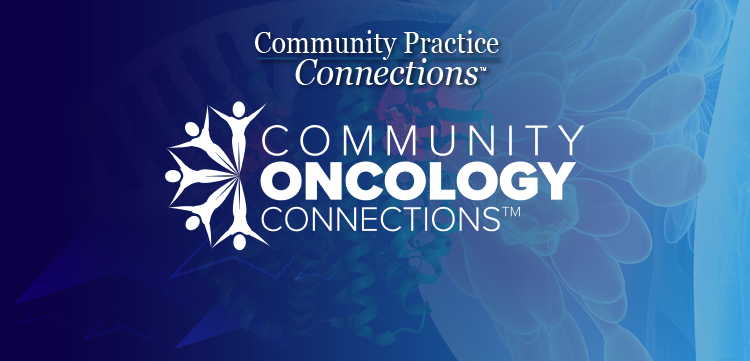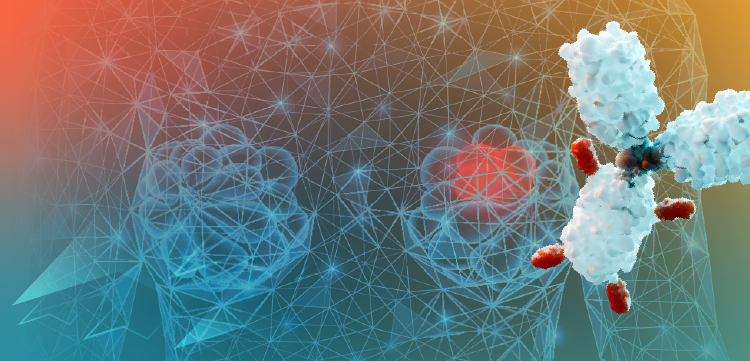
Genomic Differences Impact Real World Use of Elacestrant in Breast Cancer
Seth Wander, MD, PhD, discusses genomic variations effect on elacestrant in ESR1-mutated breast cancer from findings in real-world data.
Seth Wander, MD, PhD, a medical oncologist at the Massachusetts General Hospital and instructor in medicine at Harvard Medical School, discusses genomic variations effect on elacestrant (Orserdu) in ESR1-mutated breast cancer from findings in real-world data.
A real-world analysis conducted by Wander and his colleagues explores elacestrant's efficacy based on ESR1 variants, the number of mutations, and concurrent alterations like PIK3CA or AKT. Early findings suggest consistent effectiveness across different ESR1 variants, with minimal impact from 1 to 3 variants, according to Wander. Additionally, concurrent PIK3CA mutations do not rule out therapeutic benefit, though they may correlate with worse outcomes in endocrine-resistant cases compared with endocrine-sensitive settings.
Wander says further research is needed to understand the biological mechanisms behind these trends, particularly in patients receiving PI3K or AKT inhibitors alongside ESR1-targeted therapy. While elacestrant shows broad activity, polyclonality and co-mutations may influence outcomes, highlighting the need for deeper analysis to optimize treatment strategies for resistant breast cancer. Ongoing studies aim to clarify these relationships and refine patient selection for oral selective estrogen receptor degraders (SERDs).
TRANSCRIPTION
0:09 | We started to drill down a little bit deeper on the genomic data. What is the pattern of efficacy for elacestrant based on specific ESR1 variant, based on the number of ESR1 variants, whether the patient has 1 ESR1 alteration, 2 to 3, 4 to 5 or more, right—polyclonality—and then what about concurrent mutations: ESR1 plus PIK3CA, ESR1 plus AKT, ESR1 plus RB? So we're starting to analyze all that data. The preliminary look that we presented a few months back suggested that the elacestrant was working equally well, regardless of which ESR1 variant was present. If you look at polyclonality, low degrees of polyclonality, maybe 2 or 3 different clones vs 1, a patient with 1 ESR1 [variant] vs a patient might have 3 or 4, there's not a big difference. But once you start to get to those very high degrees of polyclonality, 5 or more different ESR1 alterations, there starts to be a signal that perhaps those patients are doing a little bit worse. This is a small population, but it's important to help us understand the mutational dynamics and what kind of impact that might have.
0:19 | Now we're also starting to look again at concurrent mutations between PIK3CA and ESR1. Those patients can still do well on oral SERD therapy. I think to some extent, in an endocrine-refractory setting, having a PIK3CA mutation portends a little bit of a worse outcome, as opposed to an endocrine-sensitive setting where you have maybe perhaps a little bit of a better outcome if you're at baseline with PIK3CA. We don't fully understand that switch and that biology, but despite that, patients can still get potentially meaningful clinical benefit on, for example, an oral SERD. We're still trying to look at the reverse of that data. What about the patients who are on a PI3 kinase or an AKT inhibitor with ESR1 [muations]? We haven't seen as [many] data on that side as we have from, for example, the EMERALD study [NCT03778931], or the real-world data that we've been looking at. So that's also an active area of interest for us.







































